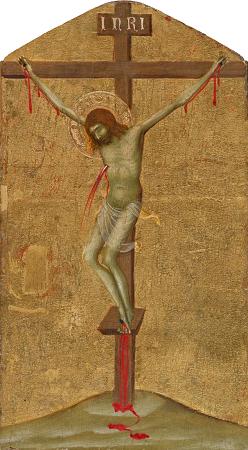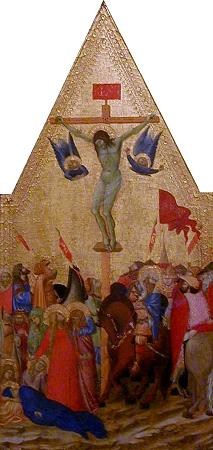Fogg Museum. The Harvard Art Museums are part of Harvard University and comprise three museums: the Fogg Museum, the Busch-Reisinger Museum, and the Arthur M. Sackler Museum and four research centers: the Archaeological Exploration of Sardis, the Center for the Technical Study of Modern Art, the Harvard Art Museums Archives, and the Straus Center for Conservation and Technical Studies. The three museums that constitute the Harvard Art Museums were initially integrated into a single institution under the name Harvard University Art Museums in 1983. The word University was dropped from the institutional name in 2008. The collections include approximately 250,000 objects in all media, ranging in date from antiquity to the present and originating in Europe, North America, North Africa, the Middle East, South Asia, East Asia, and Southeast Asia. In 2008, the Harvard Art Museums' historic building at 32 Quincy Street, Cambridge, was closed for a major renovation and expansion project. During the beginning phases of this project, the Arthur M. Sackler Museum at 485 Broadway, Cambridge, displayed selected works from the collections of the Fogg, Busch-Reisinger, and Sackler museums from September 13, 2008 through June 1, 2013. The renovated building at 32 Quincy Street unites the three museums in a single state-of-the-art facility designed by architect Renzo Piano, which increases gallery space by 40% and adds a glass, pyramidal roof. In a view of the front facade, the glass roof and other expansions are mostly concealed, largely preserving the original appearance of the building. The renovation was supervised by LeMessurier Consultants and Silman Associates. The renovation adds six levels of galleries, classrooms, lecture halls, and new study areas providing access to parts of the 250,000-piece collection of the museums. The new building was opened in November 2014. The Fogg Museum, opened to the public in 1896, is the oldest and largest component of the Harvard Art Museums. The museum was originally housed in an Italian Renaissance-style building designed by Richard Morris Hunt. According to Donald Preziosi, the museum was not initially established as a gallery for the display of original works of art, but was founded as an institution for the teaching and study of visual arts, and the original building contained classrooms equipped with magic lanterns, a library, an archive of slides and photographs of art works, and exhibition space for reproductions of works of art. In 1925, the building was replaced by a Georgian Revival-style structure on Quincy Street, designed by Coolidge, Shepley, Bulfinch, and Abbott. The Fogg Museum is renowned for its holdings of Western paintings, sculpture, decorative arts, photographs, prints, and drawings from the Middle Ages to the present. Particular strengths include Italian Renaissance, British Pre-Raphaelite, and French art of the 19th century, as well as 19th-and 20th-century American paintings and drawings. The museum's Maurice Wertheim Collection is a notable group of impressionist and post-impressionist works that contains many famous masterpieces, including paintings and sculptures by Paul Cezanne, Edgar Degas, Edouard Manet, Henri Matisse, Pablo Picasso, and Vincent van Gogh. Central to the Fogg's holdings is the Grenville L. Winthrop Collection, with more than 4,000 works of art. Bequeathed to Harvard in 1943, the collection continues to play a pivotal role in shaping the legacy of the Harvard Art Museums, serving as a foundation for teaching, research, and professional training programs.
more...














